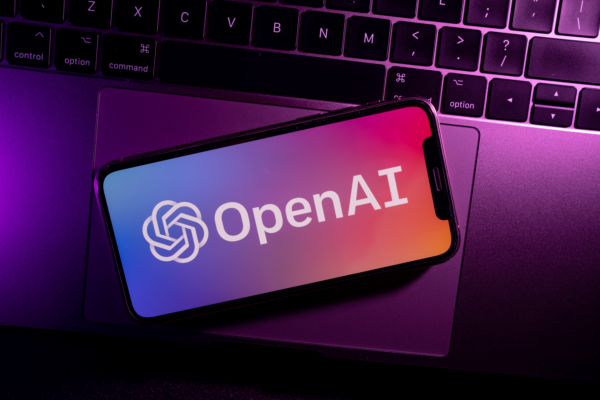How to chunk data using LINQ in C#
When you execute the console application, the three chunks of five integers will be displayed in the console window as shown in Figure 1. Figure 1. Using the Chunk extension method in C# to split an array of integers. IDG Using Chunk to split a list of strings in C# You can also use the […]
Read MoreMicrosoft introduces Phi-4, an AI model for advanced reasoning tasks
“The goal with Phi-4 is to explore the efficiency of smaller models while maintaining accuracy,” Microsoft researchers noted in the technical documentation. Microsoft’s Phi-4 competes directly with models such as OpenAI’s GPT-4o Mini, Anthropic’s Claude 3 Haiku, and Google’s Gemini 1.5 Flash, each catering to specific applications in the small language model landscape. While GPT-4o […]
Read MoreMicrosoft .NET Community Toolkit backs partial properties
Microsoft has released .NET Community Toolkit 8.4, with support for partial properties in MVVM Toolkit source generators as well as new MVVM Toolkit diagnostic analyzers. The update was unveiled December 12. Source code for the .NET Community Toolkit can be found on GitHub. Partial properties now are available thanks to new C# language features in […]
Read MoreInfoWorld’s 2024 Technology of the Year Award winners
Devops: CI/CD Finalists Buildkite Pipelines Harness CI/CD amazee.io, a Mirantis Company Lagoon Winner From the winner Harness Continuous Integration and Continuous Delivery redefines efficiency in the market with its blazing speed, robust security, and cost-effectiveness, achieved through smart caching, optimized test execution, and well-tuned cloud-build machines. It empowers teams with a streamlined, script-free platform, ensuring […]
Read MoreGo eclipses Node.js in web API requests, Cloudflare reports
Go has surpassed Node.js as the most popular language used for making automated API requests, according to cloud provider Cloudflare’s annual review of internet trends. More than half of the internet traffic seen by Cloudflare is API-related, and much of this traffic is automated API calls from dynamic websites and applications, the company wrote in […]
Read MoreOpenAI releases o1 LLM, unveils ChatGPT Pro
OpenAI has officially released its OpenAI o1 large language model (LLM), built for complex reasoning. The company also introduced ChatGPT Pro, a $200 monthly plan that includes unlimited access to OpenAI o1, o1-mini, GPT-4o, and advanced voice conversations. Available in a preview version, called o1-preview, in ChatGPT beginning September 12, OpenAI o1 proved to be […]
Read MoreAWS amplifies developer tools with new gen AI features
The new expanded capabilities for Q Developer include automating code reviews, unit tests, and generating documentation — all of which, according to Garman, will ease developers’ workloads and help them finish their development tasks faster. AWS also unveiled several code translation capabilities for Q in preview, including the ability to modernize .Net apps from Windows […]
Read MorePublic cloud providers are fumbling the AI opportunity
Unlike traditional public clouds, these approaches are often built from the ground up to handle the unique demands of modern AI infrastructure. This means high-density GPU configurations, liquid cooling systems, and energy-efficient designs. More importantly, they allow enterprises to shift to ownership models or shared resources that cut costs over the long term. Betting on […]
Read MoreAWS Database Migration Service gets gen AI-powered schema conversion
The observability updates for Amazon Aurora MySQL and PostgreSQL can be accessed via Amazon CloudWatch Database Insights. The new updates allow enterprises to observe databases without having to spend time building telemetry, dashboards, or setting up alarms. “With no further setup, you can monitor the health of all of your Amazon Aurora MySQL and PostgreSQL […]
Read MoreUnderstanding unstructured data in the context of AI
A step above its traditional predecessor is semi-structured data, which arrived in response to the rigidity of table-based formats. Semi-structured data retains some organizational elements of structured data but removes the traditional tabular constraints. This type of data drove the growth and popularity of NoSQL databases such as Cassandra, MongoDB and Redis, which were designed […]
Read More









